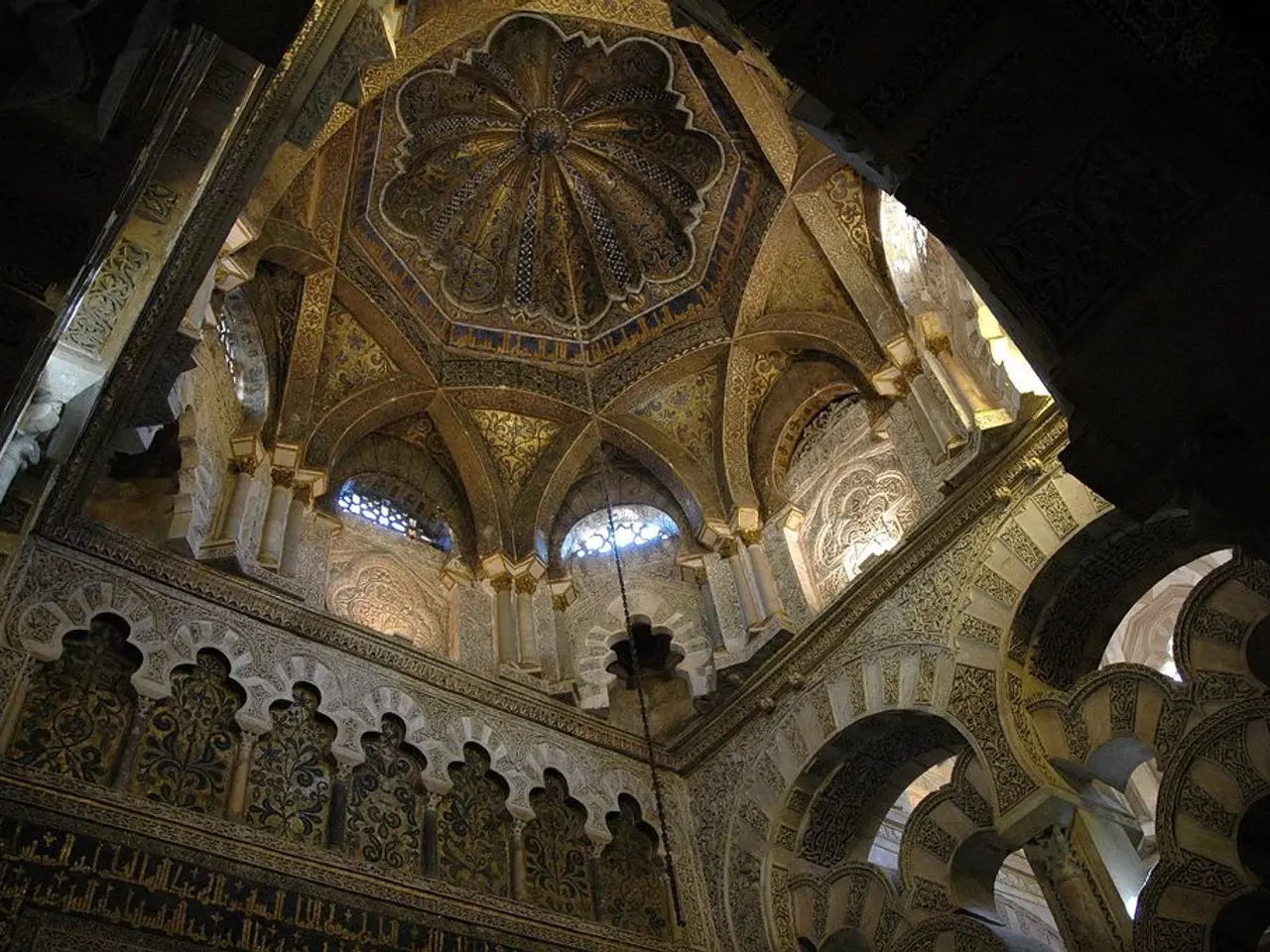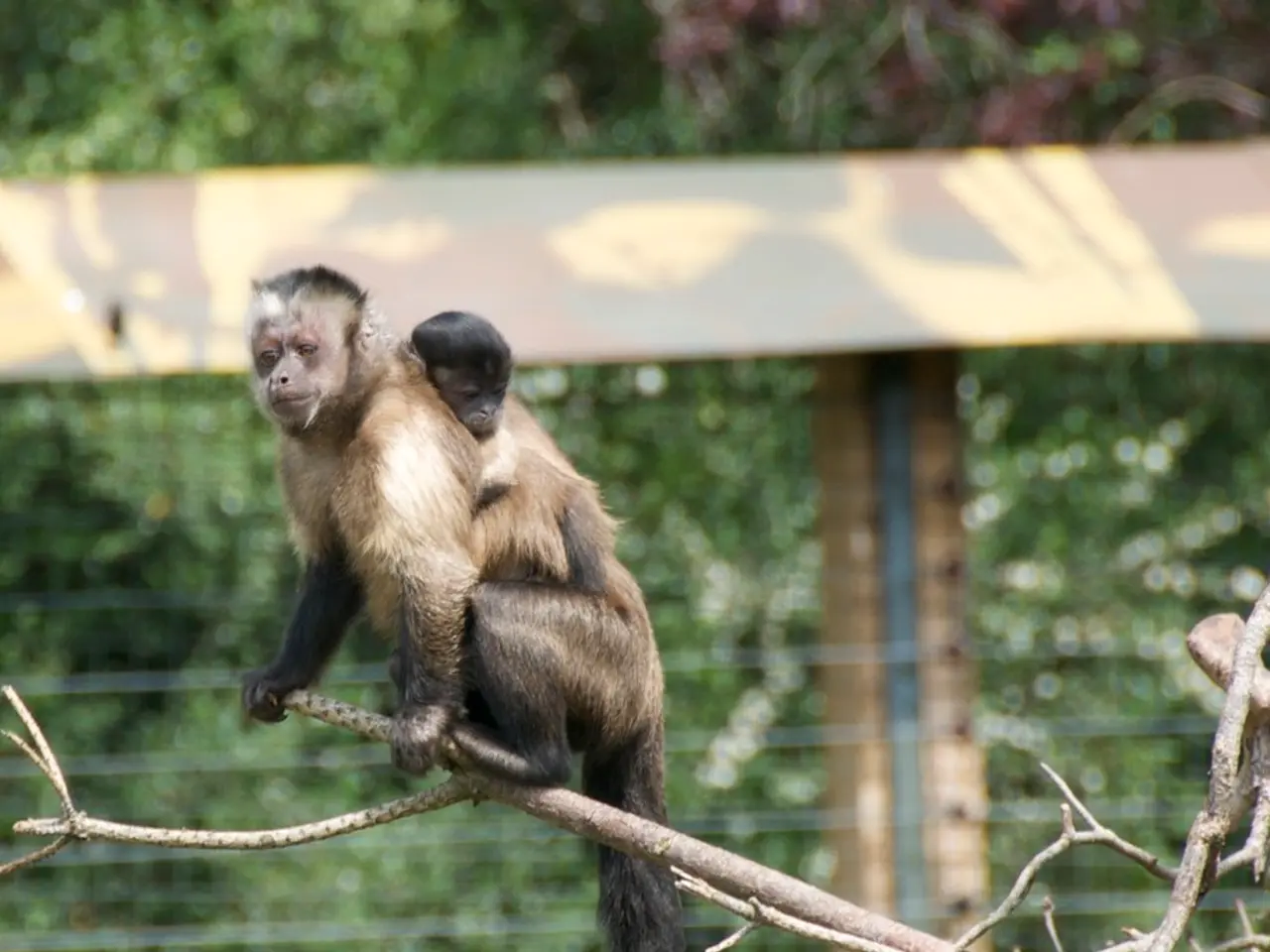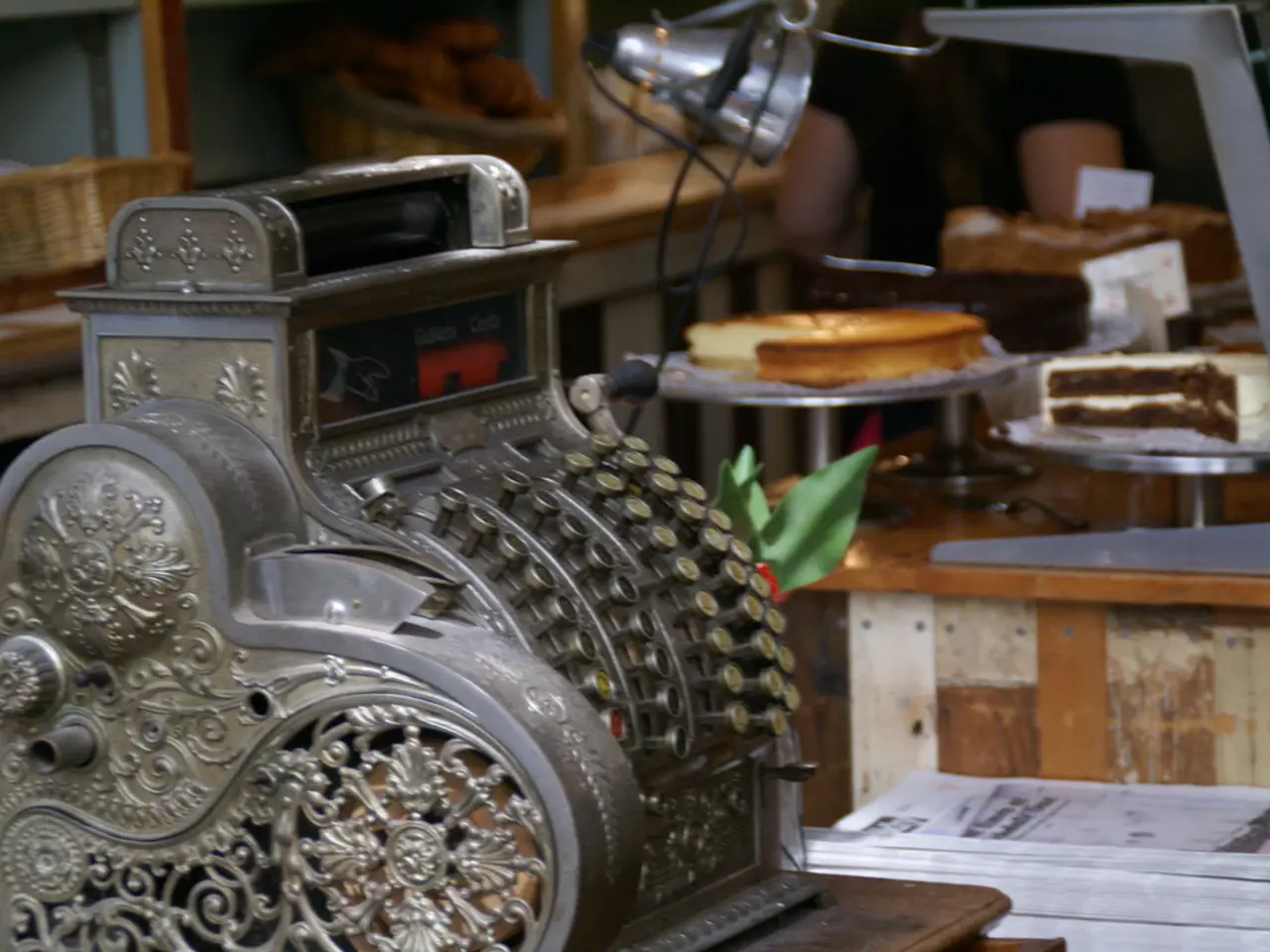Artists in Sarajevo Covering Up Wounds: Street Artists in Sarajevo Paint Over Bullet Holes from the Bosnian Conflict
In the heart of Bosnia, the city of Sarajevo stands as a testament to both the pain and resilience of its people. The city's urban landscape, marked by buildings with bullet holes and structures threatened by disrepair, serves as a stark reminder of the Bosnian War that ended in the mid-1990s. However, amidst the physical and social scars, a vibrant form of artistic expression has emerged, transforming the city and fostering hope for unity and a better future.
This transformation is largely due to street art, particularly graffiti and murals, which have become a powerful tool for healing and resistance. After the war, artists used street art as a form of therapy and political and social activism, reclaiming urban spaces, building bridges between estranged ethnic groups, and expressing hope for unity and a better future.
For instance, the graffiti movement and hip-hop culture in cities like Sarajevo helped dismantle walls of segregation and nationalism that were very strong after the war, creating new symbols of connection across generations and ethnic divisions. The famous "Sarajevo Roses"—bullet and mortar impact craters filled with red resin on city streets—act as poignant reminders of those killed during the siege, integrating memory into urban space.
Organized events like Mostar’s annual street art festival, founded in 2012 by Marina Mimoza, promote ongoing dialogue, reconciliation, and activism through art. Such festivals provide platforms for protest, remembrance, and imagining a more inclusive future, highlighting street art's role as a form of cultural resistance and community healing.
In Sarajevo, the annual Fasada festival, first launched in 2021, promotes the city's muralists and repairs buildings. The aim of the festival is to create bonds between local people and artists, reshaping a city steeped in history. Street artists like Kerim Musanovic, who paints fantastical murals free from political slogans, and Benjamin Cengic, artist and founder of the Fasada festival, look for overlooked neighborhoods and rundown facades for the festival's canvases. The Fasada festival team also fixes buildings, sometimes installing insulation and preserving badly damaged homes in the area.
Unemployment in Bosnia nears 30 percent, making street art an important springboard for young artists. Adnan Hamidovic, a local muralist and rapper, was caught by police while tagging trains early in his career. Ljiljana Radosevic, a researcher at Finland's Jyvaskyla University, suggests that graffiti allows youth to shake off any "nationalist narrative or imposed identity."
In the wake of a difficult peace, Bosnia's economy continues to struggle, leaving physical scars of war still evident around the city. However, the vibrant street art scene offers a glimmer of hope, reshaping war-torn urban environments into spaces of memory, dialogue, and hope. As Sarina Bakic, a sociology professor at the University of Sarajevo, states, the social context for young people in Bosnia is very difficult. Yet, amidst the challenges, street art provides a platform for expression, healing, and resistance.
References: 1. Sarajevo Street Art 2. Bosnian Street Art: A Tool for Healing and Resistance 3. Mostar Street Art Festival 4. Street Art as a Form of Cultural Resistance and Community Healing
- The vibrant street art scene in Sarajevo, which includes graffiti, murals, and hip-hop culture, not only serves as a transformative form of therapy and activism but also acts as a powerful tool for economic opportunity, particularly for unemployed young artists.
- Despite Bosnia's struggling economy and the ongoing physical scars of war, the home-and-garden improvement through street art festivals like Fasada in Sarajevo has become a significant point of conflict resolution, fostering unity, hope, and a better future for its people.




